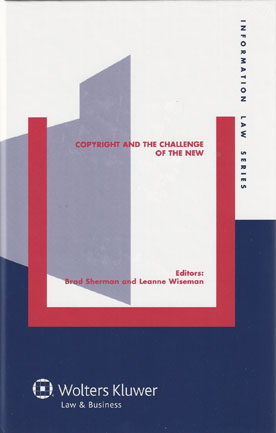
Copyright is not, as is often thought, something that is periodically ‘extended’ to cover a new field or medium; rather, copyright redefines itself whenever its efficacy is challenged. While many factors have contributed to this process, the most consistent has been the challenges created by new technologies.
The contributing authors build upon this insight to show that copyright law is, and has always been, a creature of technology. Each chapter focuses on a specific technology or group of technologies – photography, telegraphy, the phonogram, radio, film, the photocopier, the tape player, television, and computer programs – emphasizing the changes that each technology instigated and the challenges and opportunities it created.
Perhaps the most profound insight of this extraordinary book is the authors’ claim – ably supported in a series of intriguing chapters – that the way the law responds and reacts to new technologies is always mediated by the political, social, economic, and cultural environment in which the interaction occurs. For example, these chapters describe and explain how:-
With the broad perspectives opened by these essays, academics, practitioners and policymakers in the field will find themselves well equipped to deal with the problems that will inevitably be created by technologies in the future.